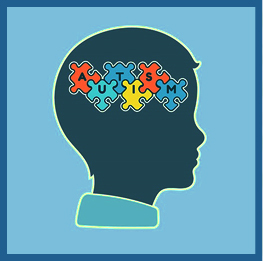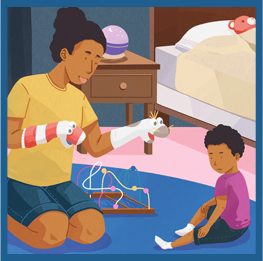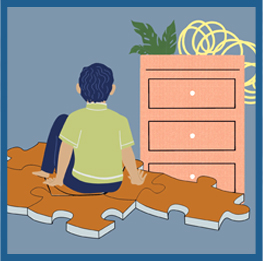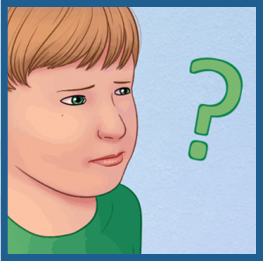Autism influences processing inside the brain and how nerves join and organize. Behavioural, mental, educational, and/or ability-building interventions may be used to assist autistic people to have better communication and independent lives. Autistic people can be critically impaired in some respects but common, or maybe advanced, in others.





Autistic people can display many varieties of repetitive or confined conduct, as follows.
No single repetitive or self-injurious behaviour seems to be particular to autism, but autism seems to have an expanded sample of occurrence and severity of those behaviours.
Toddlers develop at their personal pace, and no exact timelines
found in a few parenting books.

Although there is no cure for autism spectrum conditions, there are treatments available. Early detection and
intervention are the most beneficial, since they can aid with behaviour, abilities, and language development.
Intervention, on the other hand, is beneficial at any age. Though children with autism spectrum disorder do not
usually outgrow their symptoms, they can learn to function well.